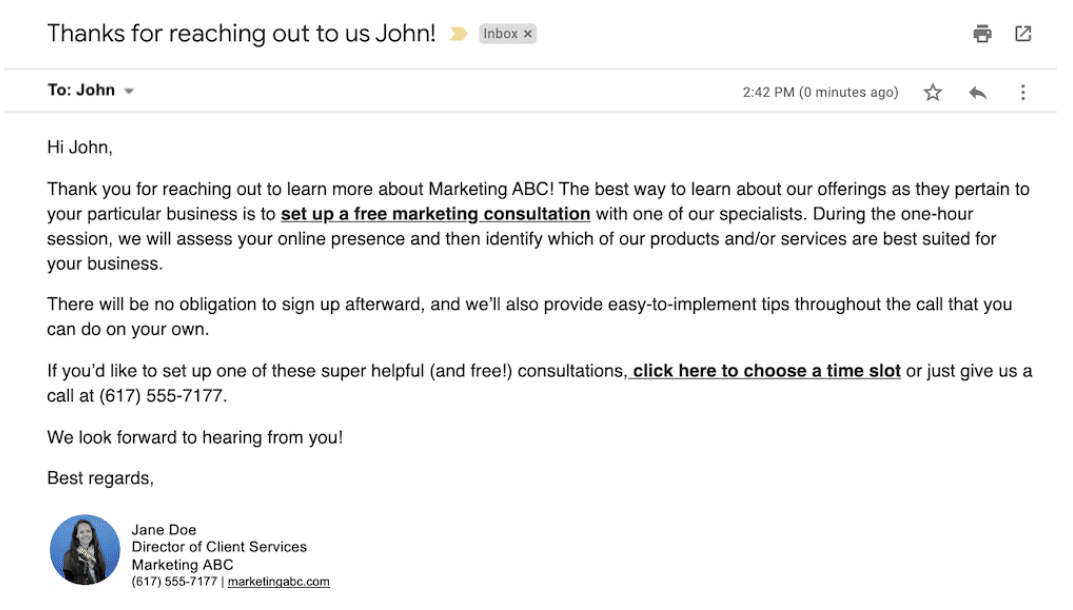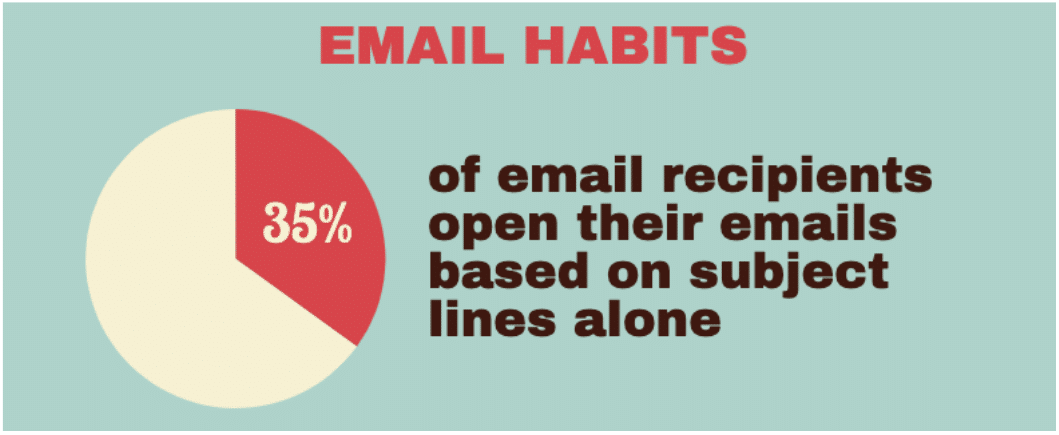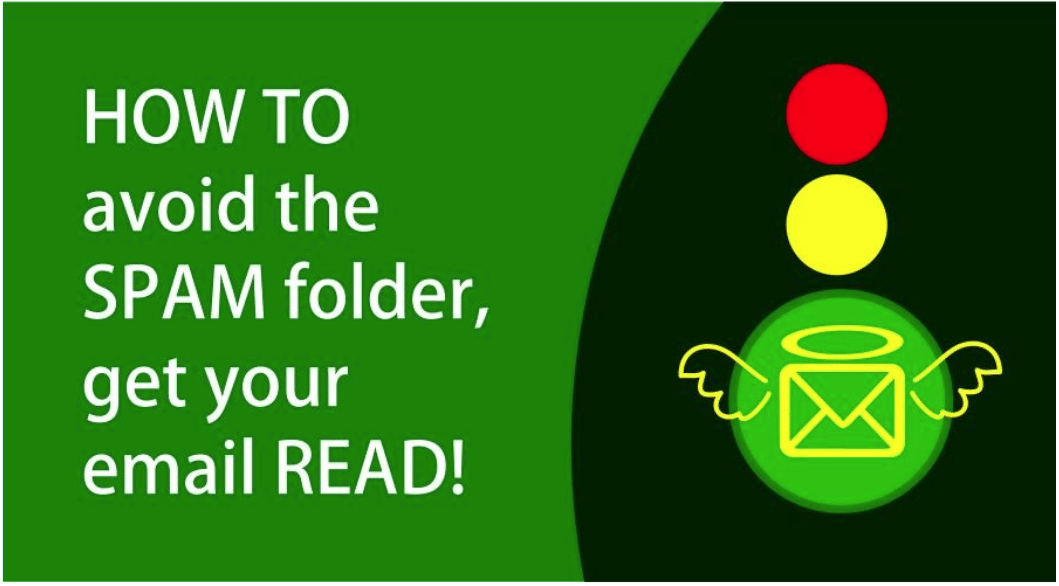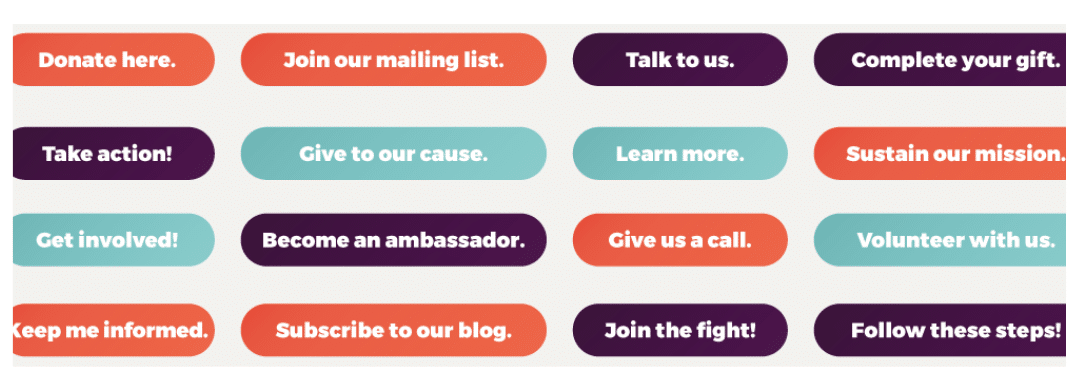Email has long been a vital tool for corporate communications. Whether it’s promoting a new product to clients, trying to negotiate a more favorable contract with a supplier, or launching a PR campaign, you always want your emails to be read.
However, people get busy and have very little time to check their inboxes. Many of the emails they receive get ignored, or worse, get consigned to the trash. So, how do you write a business email that won’t make the recipient hit the delete button even before reading it?
Here are some steps on how to write a business email that will get read.
1. Make it short
Most people have zero patience for overly long emails or those that don’t immediately convey the complete picture. While sifting through their inbox, they’re more inclined to react to emails with a few short paragraphs.
Therefore, it is essential to be clear and concise when writing business emails. Keep the sentences brief and concise. The email’s body should be direct to the point and include all relevant information.
Take this response email, for example:
Notice how the email addresses the pain points clearly and concisely. The shorter the sentences and the paragraphs, the less the message runs the risk of seeming abrasive. Additionally, it boosts your chances of receiving a prompt response.
In some cases, you may need to communicate multiple subjects with the same person. The best way to go about it is to send a separate email for each one. This approach helps to make the message much clearer and allows your correspondent to focus and answer one subject at a time.
2. Write engaging subject lines
Did you know that 35 percent of email recipients open an email solely based on the subject line? The subject line is the first thing the reader sees when they open an email. Think of it as your email’s headline when writing a business email. Your recipient might not read the email if it isn’t clear or engaging enough. Furthermore, the message may be sent as spam.
Let’s look at this winning headline:
Teen jobseekers get help with a new job-hunting app
There’s a lot of information packed into this subject line, making it stand out. It catches the eye right away and holds it with detail. It is an exciting way of saying that a particular software company has launched a new app to help teenagers find work quickly.
A strong subject line increases your chances of getting people to read what you’ve written. Pique the reader’s attention by writing a subject line that sets the tone and provides an overview of the email. In addition to being straightforward and natural, it should also be factual and relevant.
3. Create relevant content
Business email addresses often have the organization’s domain name in them. It serves as a basis to build brand awareness, maintain brand consistency and establish trust in clients.
As such, you must create relevant content to convey a professional outlook of yourself and your company. To achieve this, you must:
- Know your target audience
- Personalize each email
- Write in the second person
- Establish relevance instantly
- Keep it simple
Following these steps will ensure you don’t veer off course when writing a business email. You’ll also need to carefully check the grammar, spelling, and punctuation of your content to ensure it is error-free.
4. Avoid spam words and keep a natural tone
If your emails are excessively spammy, your readers can and will block your email address. Ultimately, your emails will end up in spam folders–even for subscribers who didn’t block emails coming from you. Email providers now use email open rates to determine addresses that send spammy emails. You don’t want your emails to earn that dubious distinction.
Thankfully, you can track your mails and monitor whether they’re being opened. Email tracking gives useful information about email engagements with contacts, networks, and clients. You can employ this information to improve the “feeling and tone” when writing a business email. It makes it more relevant to the person receiving it.
If your tone or emotions are prone to misinterpretation, find a less unclear manner to express your words. Using a natural tone will go a long way in ensuring that readers can easily interpret your email. However, you need to avoid specific trigger words that email providers and users consider spammy, such as “discount”, “act now”, or “you’ve won”.
5. Include your CTA
Include a clear call to action at the end of the business email. Simply put, you’re requesting a click. However, people have different reasons for clicking on a CTA button. As an email marketer, you need to ensure that your CTA contains a convincing reason for users to click.
For example, if you want the reader to avail of a free software trial, you can use “Start my 15-day free trial” is a good CTA. On the other hand, “Try our software” isn’t very inviting nor convincing. If the CTA is specific, the recipient will engage and reply more quickly.
In closing
Email marketing is one of the most effective ways of promoting your brand. However, your emails risk being buried in your subscribers’ inboxes unless you apply measures to increase email open rates.
For example, you need to keep your emails reasonably short yet informative. You should also write engaging subject lines that do not contain spam triggers. Your content should offer relevant, actionable insights and communicate your points in a simple, understandable manner. Finally, adding a convincing CTA to the end of your emails will increase click-throughs to your site.
Using the tips I discussed here, you can ensure that your emails get read and influence your subscribers to purchase from you eventually.








